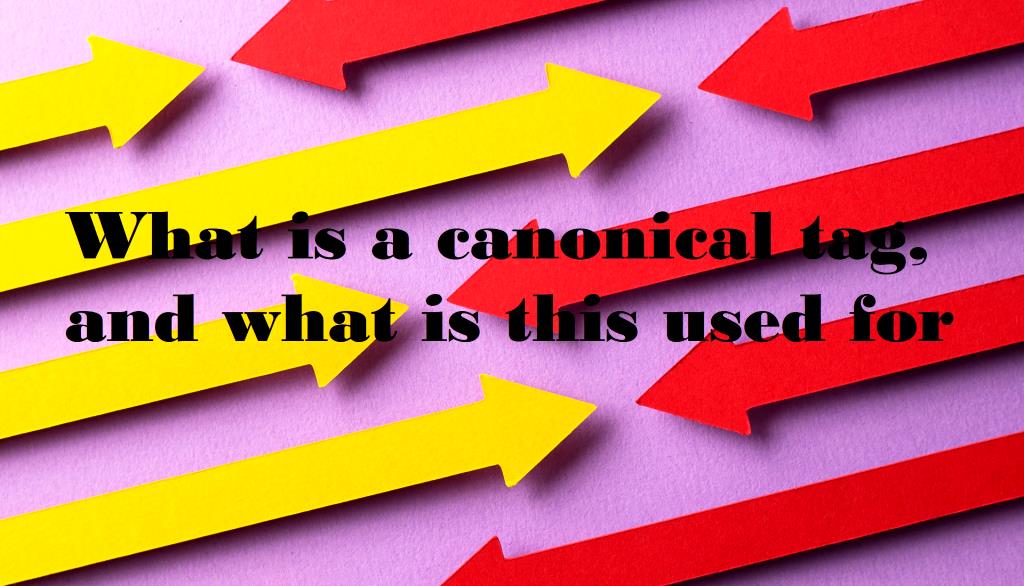What is a canonical tag, and what is this used for?
|
|
3 minute(s) read
|
Published on: Dec 15, 2020
Updated on: Dec 14, 2021
|
A canonical tag defines a search engine that a specific URL signifies a page's master copy. A canonical tag is used to prevent problems caused by identical or duplicate content looking on several URLs. A canonical tag states to the search engines which version of a URL you have wished to show in specific search results.

Usage of Canonical-Tags:
You should be adding a canonical tag wherever you have duplicate or matching content on your site. Therefore, what is this similar content like? For instance, you have an e-commerce store with very similar products but may have minor differences between them? In this case, most SEO experts must have to use canonical tags to avoid any duplication between content.
Let us get some in-depth details of using a canonical tag:
- With a diversity of URLs, it is harder to acquire consolidated metrics for a selected piece of content.
- If you syndicate your content, that is probably for publication on other domains. In that case, you have to combine page ranking with your desired URL.
- Every single search engines see http://www.mydomain.com, http://mydomain.com, and https://www.mydomain.com as different pages and will be crawled by Google crawler (and possibly index) them as such.
- The URL you used is still available under an HTTP version without having SSL encryption.
Working Advantage of Canonical-Tag:
Choosing a correct canonical URL for each set of relative URLs improves the SEO of your site. This is often because the program knows which is the version of canonical and could count all the links that are pointing at the various versions as links to the canonical version.
In concept, setting a canonical is analogous to a 301 redirect, only without the particular redirecting.
In some cases, you will want to line up a 301 redirect rather than a canonical URL. A 301 redirect automatically sends site visitors to a replacement URL once they click on an old link. The majority of times, you would use a 301 redirect if you are combining or consolidating content into your archives or updating your URL or even your webpage. However, if you continue to want people to access the page, although the content is duplicated, then you would use a canonical URL instead.
How to apply a canonical tag to a URL:
- Decide which page you would like to be your preferred URL. This could be the version you think is the most vital. If you do not care, pick the one that has the most visitors or the ones that have top links, and in case everything is the same, just pick anyone!
- There are a number of different plugins offered to use canonical tags if you are employing a CMS like WordPress or Magneto. However, if you're going straight into the code, you'll get to add the following to the section of the extra pages, not your preferred page:

This will specify that this is often the well-liked URL for users who want to access your page and can tell search engines that you would like them to point out this page over your other similar hats pages.
Click to analyze your wesbite SEO